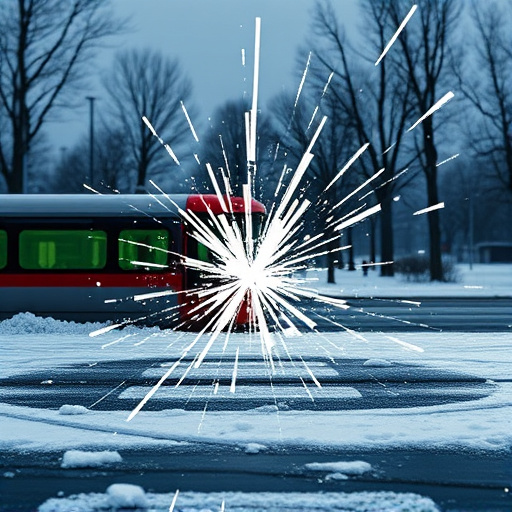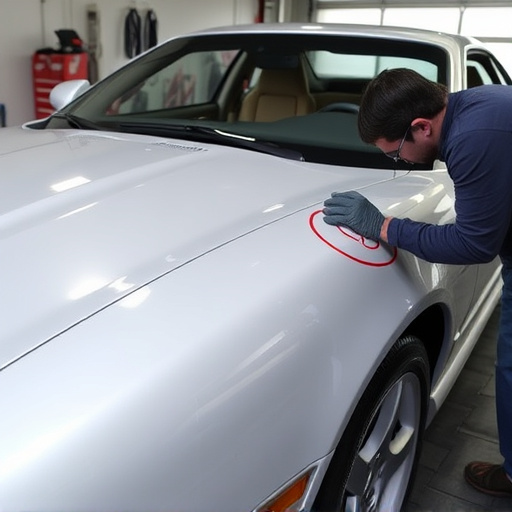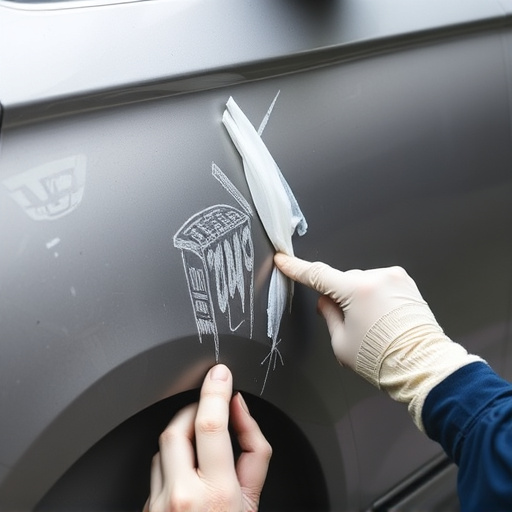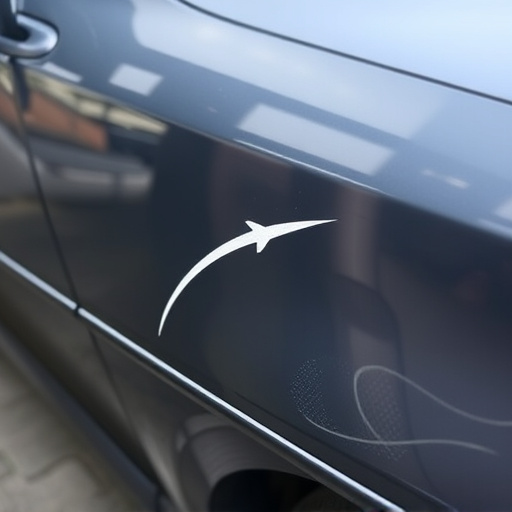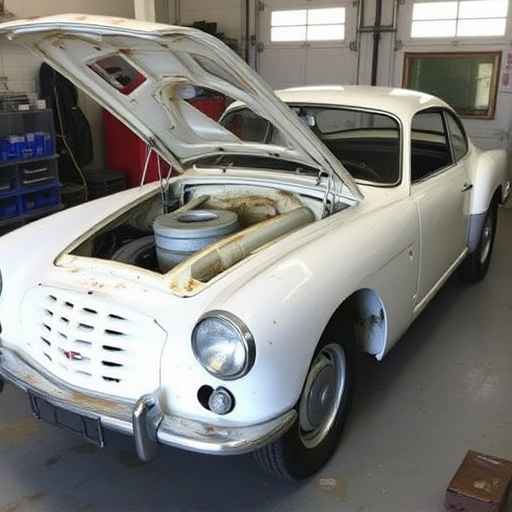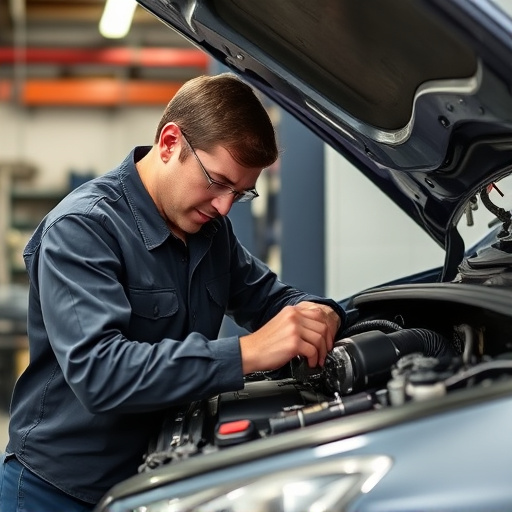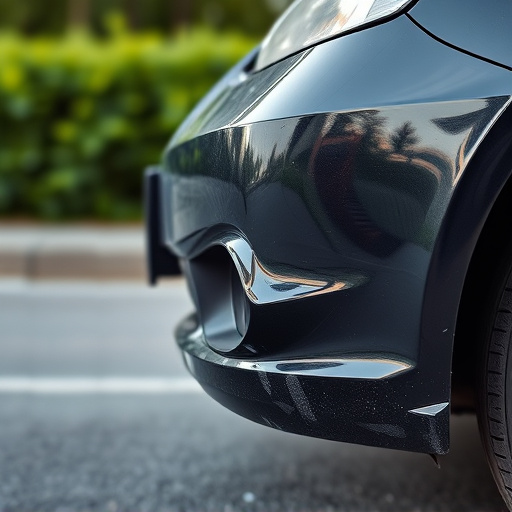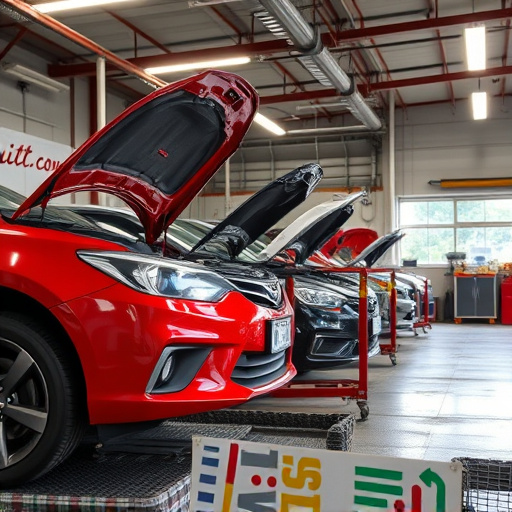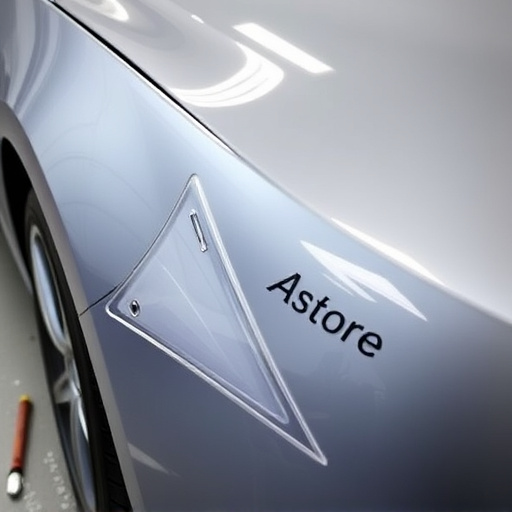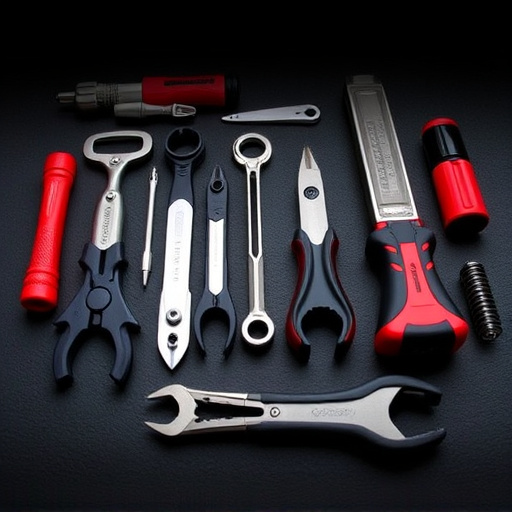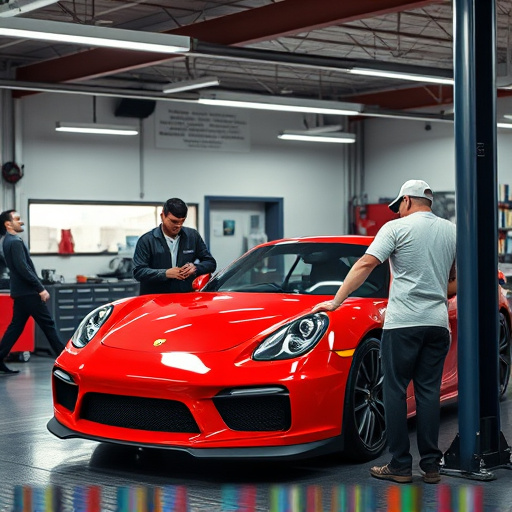Winter accidents present unique challenges for drivers and vehicles due to icy roads and blizzards, causing various damages from minor to severe. Swift action after such incidents is crucial for safety and vehicle integrity. Proper winter accident repair includes fender or collision repair, realigning sensors and components to restore optimal performance. Calibration ensures precise adjustments during critical processes like frame straightening. This meticulous approach enhances car dent repair, system balance, and customer satisfaction, especially vital for navigating winter road conditions. Specialized collision centers use advanced diagnostic tools and state-of-the-art equipment for comprehensive vehicle health assessments and post-repair calibration.
In the face of harsh winters, understanding and addressing accident repairs is crucial for maintaining vehicle safety. This article explores how winter accident repair supports system calibration, a critical aspect of vehicle maintenance. We delve into the unique challenges posed by wintry conditions and their impact on automotive systems. Furthermore, we discuss the vital role of accurate calibration in repair processes and provide effective strategies to ensure optimal system performance post-winter repairs.
- Understanding Winter Accidents and Their Impact
- The Role of Accurate Calibration in Repair
- Effective Strategies for System Calibration After Winter Repairs
Understanding Winter Accidents and Their Impact

Winter accidents, often characterized by challenging road conditions like icy surfaces and blizzards, pose unique challenges for drivers and vehicle maintenance. These incidents can lead to various types of damage, from minor fender benders to severe collisions, impacting both personal safety and vehicle integrity. When a winter accident occurs, swift action is crucial for several reasons. Not only do immediate repairs ensure the safety of future journeys, but they also play a vital role in maintaining the precision calibration of a vehicle’s systems.
The aftermath of a collision can disrupt the delicate balance of sensors, cameras, and other components that make up modern automotive systems. Proper winter accident repair, including services like fender repair or more extensive collision repair, is essential to realign these systems and restore them to their original specifications. Skilled technicians employ specialized tools and techniques to address any misalignments, guaranteeing optimal performance in terms of safety features, handling, and overall vehicle dynamics, ultimately enhancing road confidence during future winter drives.
The Role of Accurate Calibration in Repair
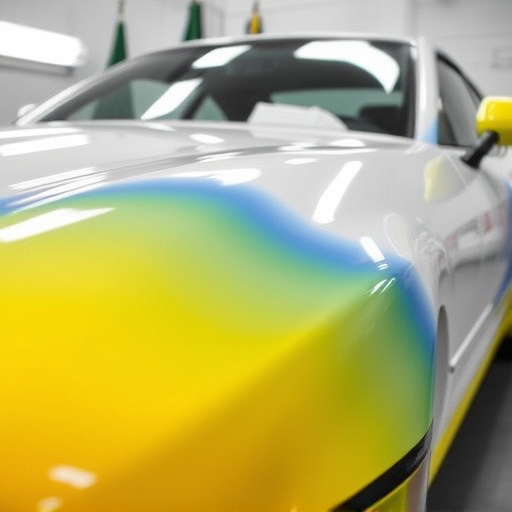
Accurate calibration plays a pivotal role in the effectiveness of winter accident repair services. In regions with harsh winters, vehicles often face unique challenges due to ice, snow, and changing temperatures. These conditions can cause structural distortions and cosmetic damage, such as car dents or frame misalignments, requiring prompt and precise attention. Calibration ensures that repair tools and equipment are accurately set, enabling technicians to make exact adjustments during processes like frame straightening. This meticulous approach is crucial for restoring vehicles to their pre-accident condition, maximizing safety, and ensuring optimal performance.
Proper calibration facilitates efficient car dent repair and car damage repair processes, leading to higher customer satisfaction. It enables repairs that not only mend the physical aspects but also address any system imbalances caused by accidents. By maintaining precise measurements and tolerances, calibrated tools help in aligning components like suspension systems and body panels, enhancing vehicle stability and handling. This attention to detail is especially critical for winter conditions, where quick adjustments can significantly impact driving safety on slick roads or during sudden weather changes.
Effective Strategies for System Calibration After Winter Repairs
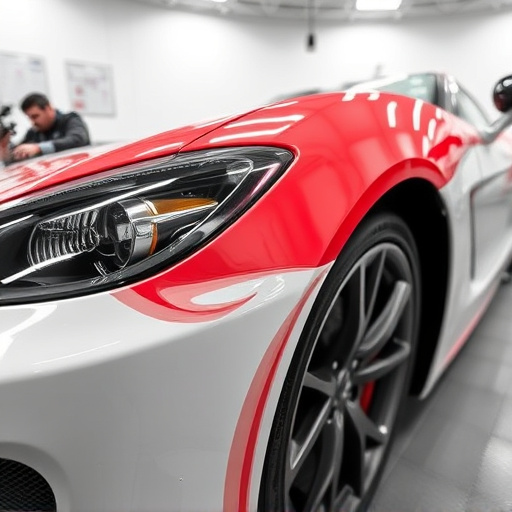
After a winter filled with icy roads and blizzards, many vehicles require repairs to restore them to their pre-season condition. Winter accident repair isn’t just about fixing visible damage; it’s an opportunity for a holistic system calibration that enhances overall vehicle performance. For instance, mercedes benz collision repair specialists can utilize advanced diagnostic tools to ensure all electronic systems are functioning optimally. This includes checking sensors, engine management units, and other components that may have been affected by the cold weather.
Effective strategies involve thorough inspections of both the cosmetic and structural elements, followed by precise car paint services to match the vehicle’s original finish. Collision centers equipped with state-of-the-art equipment can then perform system calibration checks, fine-tuning settings for optimal performance. This process ensures that once the repairs are complete, the vehicle not only looks as good as new but operates efficiently and safely, ready to face the next winter season head-on.
Winter accidents can significantly impact vehicle systems, emphasizing the crucial role of accurate calibration during repairs. By understanding the unique challenges posed by winter conditions and implementing effective calibration strategies post-repairs, mechanics can ensure optimal system performance. This proactive approach to winter accident repair not only enhances safety but also contributes to the longevity of vehicles, ultimately streamlining post-incident maintenance processes.
